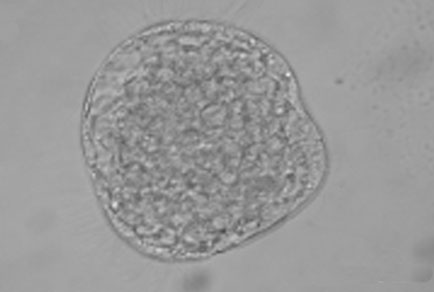Abstract
Reduction in commercial catches of the pipi, Donax (Plebidonax) deltoides, has prompted interest in the potential for hatchery production of pipi juveniles as the basis for reseeding programs and assessments of culture potential. Adult pipis were collected from Port Stephens, New South Wales, Australia, in October/November 2008 and held in baskets in a recirculating holding sys-tem. Two consecutive batches of larvae were produced by stripping gametes from the gonads. Fertilised eggs averaged 75 μm in diameter. When incubated at 23oC, first and second polar bodies were evident after 45-50 min and 95-100 min, respectively, while first cleavage occurred within 155 min of fertilisation. Embryos reached trochophore stage within 24 h and developed to D-veliger stage (112 ± 0.5 μm antero-posterior measurement (APM)) within 48 h. The first pediveligers (318 μm, APM) were observed after 14 days and settled spat (320 μm APM) were present one day later (Day 15). This study confirmed that the pro-duction of pipi spat is possible, but highlighted the need for further research into spawning, fertilization and larval nursery techniques for this species.

